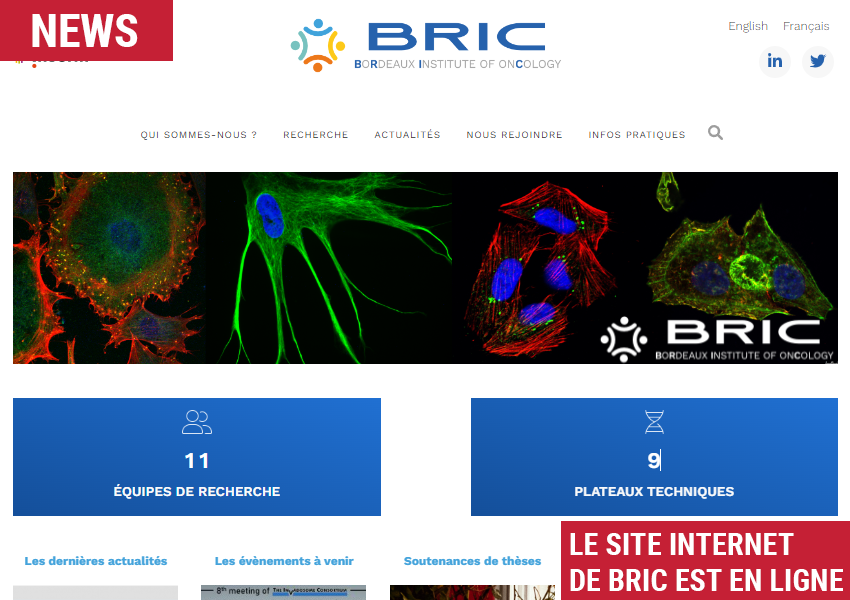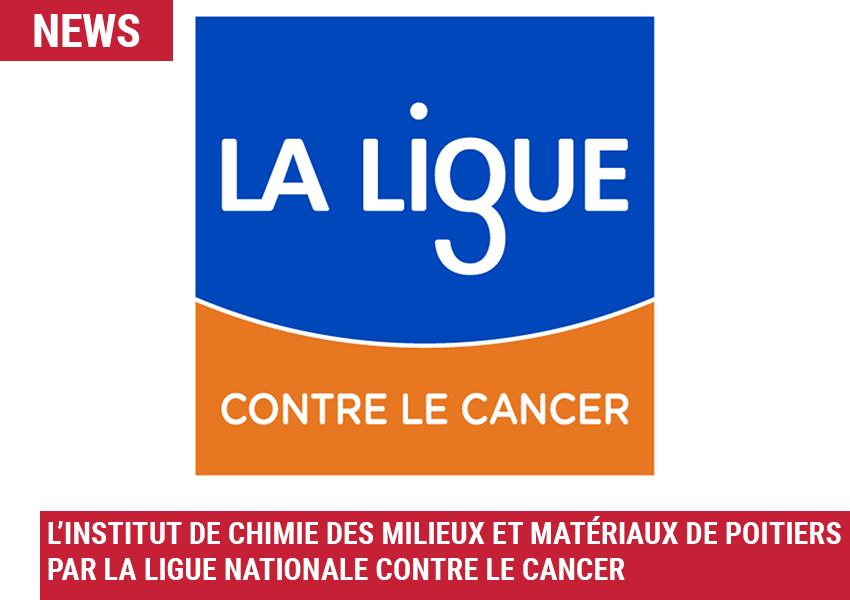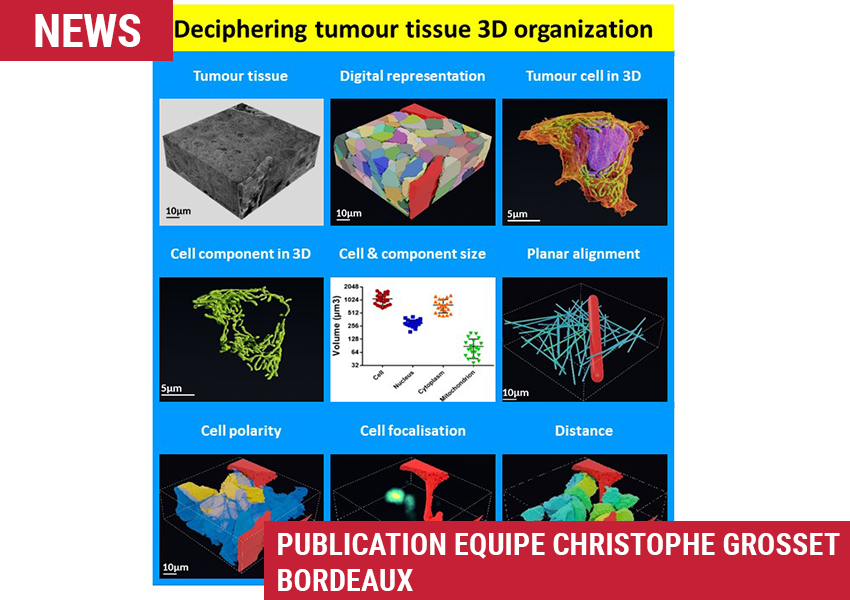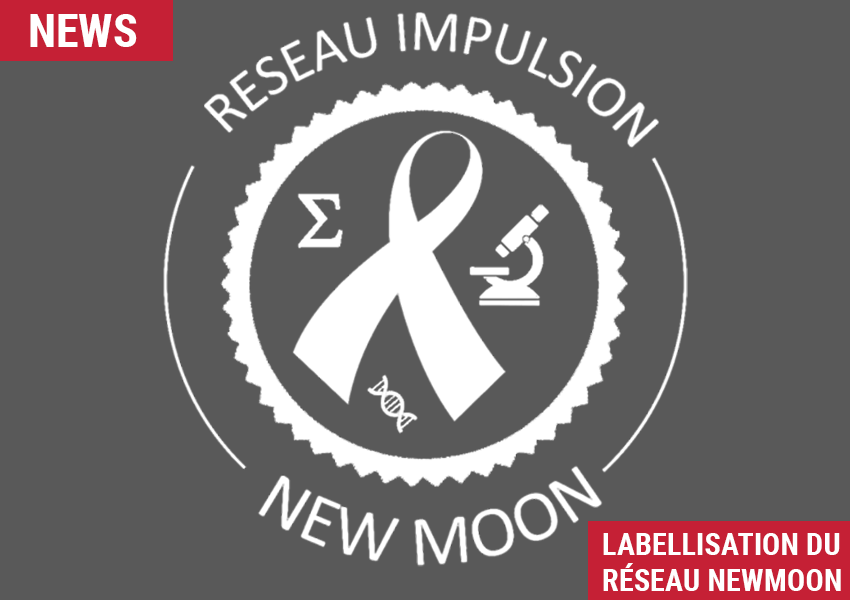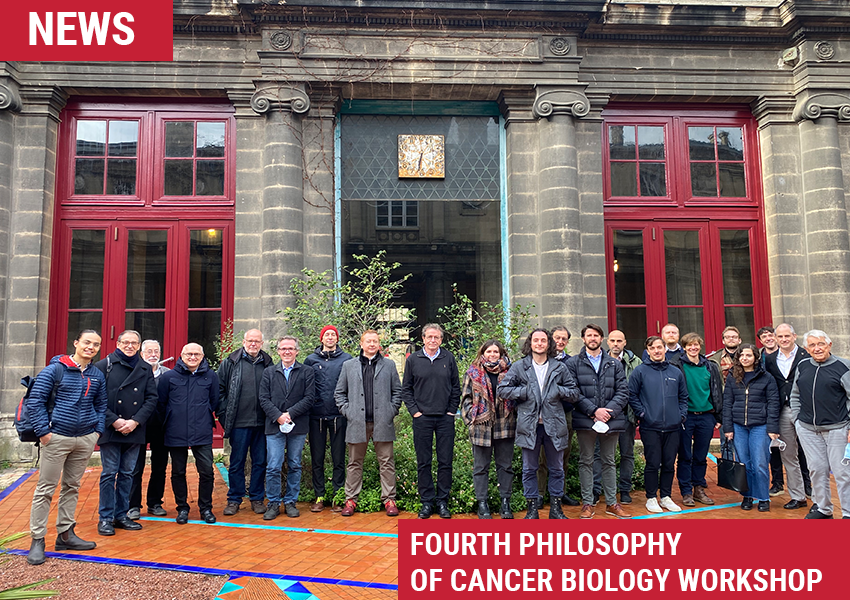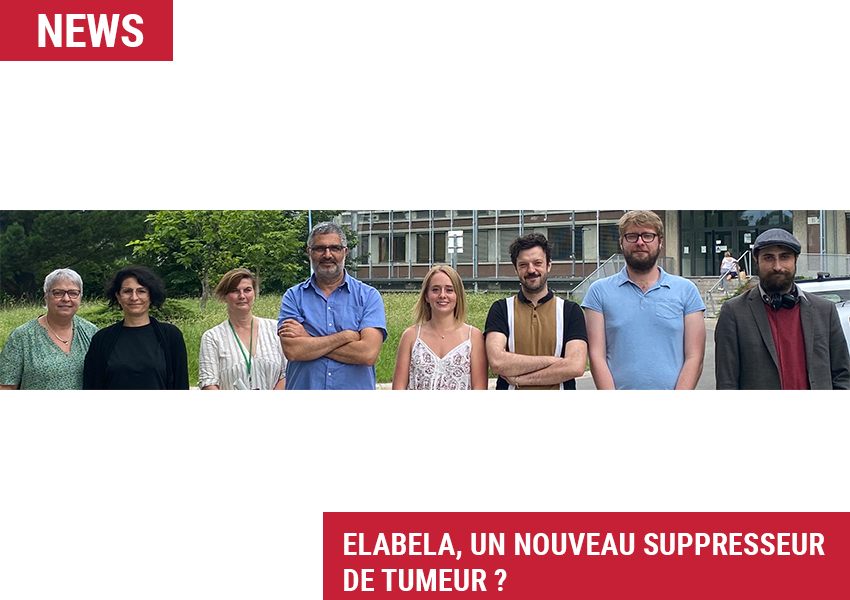Yuye Wang, Shuwen Zeng*, Aurelian Crunteanu, Zhenming Xie, Georges Humbert, Libo Ma, Yuanyuan Wei, Aude Brunel, Barbara Bessette, Jean‑Christophe Orliange2, Fabrice Lalloué, Oliver G. Schmidt, Nanfang Yu, Ho‑Pui Ho1*
Highlights
- A zero-reflection-induced phase singularity is achieved through precisely controlling the resonance characteristics using two-dimensional nanomaterials.
- An atomically thin nano-layer having a high absorption coefficient is exploited to enhance the zero-reflection dip, which has led to the subsequent phase singularity and thus a giant lateral position shift.
- We have improved the detection limit of low molecular weight molecules by more than three orders of magnitude compared to current state-of-art nanomaterial-enhanced plasmonic sensors.
Abstract
Detection of small cancer biomarkers with low molecular weight and a low concentration range has always been challenging yet urgent in many clinical applications such as diagnosing early-stage cancer, monitoring treatment and detecting relapse. Here, a highly enhanced plasmonic biosensor that can overcome this challenge is developed using atomically thin two-dimensional phase change nanomaterial. By precisely engineering the configuration with atomically thin materials, the phase singularity has been successfully achieved with a significantly enhanced lateral position shift effect. Based on our knowledge, it is the first experimental demonstration of a lateral position signal change > 340 μm at a sensing interface from all optical techniques. With this enhanced plasmonic effect, the detection limit has been experimentally demonstrated to be 10–15 mol L−1 for TNF-α cancer marker, which has been found in various human diseases including inflammatory diseases and different kinds of cancer. The as-reported novel integration of atomically thin Ge2Sb2Te5 with plasmonic substrate, which results in a phase singularity and thus a giant lateral position shift, enables the detection of cancer markers with low molecular weight at femtomolar level. These results will definitely hold promising potential in biomedical application and clinical diagnostics.



